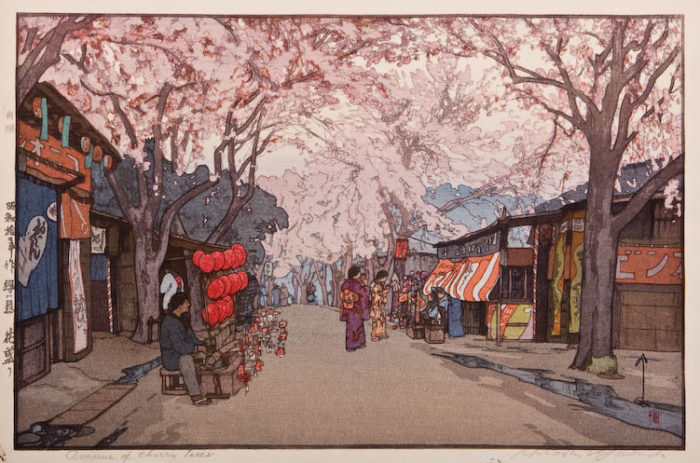
“I like that in Japan, the hotel breakfast is always the same, every day, no matter what. “ This comment came from the participant in a seminar on Japanese culture that I gave recently in San Jose, CA. This unusual comment was in response to my asking “what do you most appreciate most about Japanese culture?”
I followed up and asked more about why the participant was so interested in breakfast. Evidently, he travels frequently to Tokyo, and every time he eats breakfast at his favorite hotel, it matches perfectly the photo posted prominently outside the restaurant. I was surprised to hear this as a positive, because frankly the sameness of offerings at most hotel restaurants in Japan feels like a definite negative to me. But it turned out that he wasn’t really interested in the food. “This is an example of the great ability of the Japanese people to standardize, to keep to the set plan day after day, no matter what. It’s truly a feat of organization and attention to detail.” The rest of the participants laughed in knowing recognition when he pointed out that it would be difficult to find that kind of picture-perfect consistency at a hotel in the U.S.
What he was pointing out is the Japanese phenomenon of hyojunka, which can be described in English as the ability to standardize. In Japanese culture, the ability to exactly follow an example is important, and is stressed in a variety of ways in Japanese education. In my case, I recall the care with which my fellow calligraphy students and I copied the tehon (samples) made by our teacher of the proper way to write a certain character. And in business, whether a hotel restaurant or an automobile factory, hyojunka is the way that efficiency and quality are created. If everyone is hewing to the best possible process, then optimal results are assured.
When asked to standardize things, Americans often feel uncomfortable. That’s because in the U.S. culture, our upbringing has an emphasis on individuality. We’re told “be yourself” and “do your own thing.” Following a set pattern of steps or process seems confining, with no room for creativity. And frankly, we just aren’t used to it, as our education system does not emphasize it. Thus, many of my firm’s Japanese clients working in manufacturing industries tell me of the difficulty they have getting American staff to follow standardized processes. It seems many Americans chafe when asked to do something in a set way, and instead want to add their own unique twist on how to do something.
From the Japanese point of view, standardization is a way of rapidly diffusing improvements. If everyone is following the same process, when an enhancement is found then everyone can adopt it quickly. However, the benefits of standardization may not be readily apparent to most Americans. Indeed, in my own situation, I remember when first studying Japanese being impatient with my teacher’s dictate to use a specific stroke order. “Why should it matter which order I draw the strokes in? Shouldn’t I just be able to use any order I feel like.” I felt better about it when I got an explanation of how stroke order affects the shape of the characters. In order to persuade Americans to accept hyojunka, it’s necessary to clearly explain why using the standard method is preferable. Also, be sure to give Americans an avenue to propose any improvements to the standard process that they think of in their creativity.
Related articles
The different meanings of psychological safety in Japan, Europe and North America
The concept of “psychological safety” in the workplace started in the United States in the 1960s and
Too early for cherry blossoms!
Japan’s cherry blossom season is peaking at the earliest time since records began over 1,200 y
Japanese Communicative Ambiguity: “When does Yes mean Yes?”
When Yes means Yes, No or Maybe. I am often asked by Americans and other Westerners working in Japan





